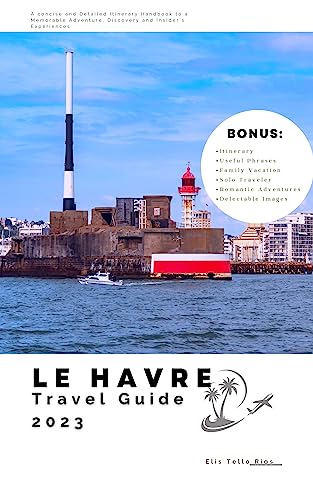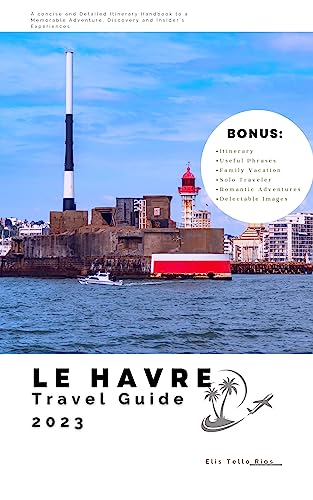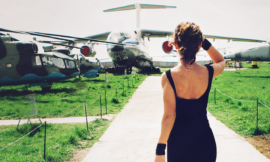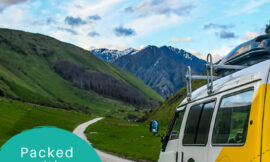
A Traveller's Guide to La Havre, France
Situated at the mouth of the river Seine of the English Channel in north-western France, Le Havre is the second busiest port city in France after Marseille.
Founded in 1517 to provide an alternative port after silt created problems at the existing ports of Harfleur and Honfleur, it wasn't until the 18th century that the town began to flourish and expand as trade from the West Indies began arriving. By the 19th century it has grown into an industrial centre.
Le Havre came under German occupation during WWII. As the country's second largest port it was almost entirely destroyed during the Battle of Normandy, incurring more damage than any other French city during the war. Over 90% of the city was obliterated in addition to approximately 5000 civilian casualties.
The city was listed by UNESCO as a World Heritage site due to the post-war town planning and architecture of August Perret who rebuilt the city in modernist style with reinforced concrete. This sterile look once gave Le Havre a reputation of gloominess, but it is now widely perceived to be the Brasilia of France.
One of Perret's key rebuilding projects was St Joseph's Church, which features a tall tower lined with coloured glass. Another major sight for visitors is the Town Hall which adjoins one of the largest town squares in the country. Information on Le Havre can be found within the Hall and the entire layout of the town can be seen by climbing to the top of its tower.
Art lovers will enjoy the large Impressionist collection housed within the Malraux Museum.
The Museum of Natural History offers plenty of free activities and is housed within one of the few buildings left unscathed by the WWII bombings.
Maison de l'Amateur is an 18th century house which also escaped the destruction of WWII, and provides an insight into life in Le Havre during the 1950s.
If you are visiting during the warmer months and feel like some relaxation, visit the beach, rent a bike and take a ride along the seafront, take a drive across the beautiful Pont de Normandie bridge over the Seine or enjoy the forrest in the middle of the city, the forêt de Montgeon.
During your visit, also take the time to sample the local fare with cider and cheese being the local specialties. With its proximity to the ocean, the seafood is also always fresh and of the highest quality.
The town is easy to cover on foot, however bikes are available for rent from the tourist office and there is also a regular local bus service.




